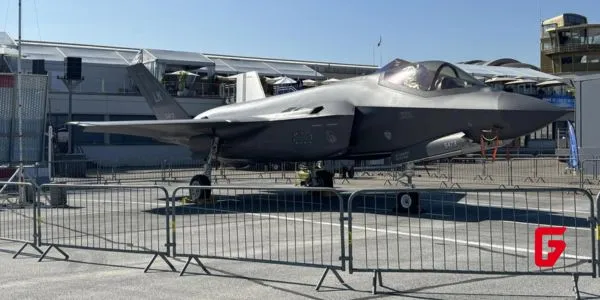The Future Takes Flight: AIR’s Bold Expansion
In a move that signals the rapid acceleration of urban air mobility, Israeli aerospace startup AIR has just secured a massive $23 million Series A funding round, propelling its ambitious U.S. expansion and bringing next-generation electric vertical takeoff and landing (eVTOL) technology closer to American skies. The investment, led by Entrée Capital and supported by longtime backer Dr. Shmuel Harlap (an early investor in Mobileye), brings AIR’s total funding to about $50 million and marks a turning point for the company—and for the rapidly evolving advanced air mobility landscape.
Advanced Air Mobility: What Makes AIR Different?
AIR stands out in the crowded eVTOL field for its dual-focus approach, developing both piloted and autonomous aircraft from a single, unified design platform. This core innovation means the folding-wing AIR ONE for personal flight and the autonomous cargo drone not only share hardware and software, but benefit from seamless cross-platform upgrades. Imagine a flying vehicle that parks in a standard driveway, blurring the lines between sci-fi and daily commuter reality.
Its cargo drone can deliver a payload of up to 550 pounds, fit 70 cubic feet of cargo, and fly up to 100 miles at speeds of 120 knots—making it ideal for logistics hubs, disaster response, and military supply chains. Meanwhile, the piloted AIR ONE aims to give individuals unprecedented access to urban and regional air travel with comfort, safety, and convenience.
U.S. Regulatory Tailwinds: Why Timing is Everything
What’s energizing AIR’s expansion—and that of its competitors—is a recent U.S. policy wave. On June 6, 2025, President Trump signed an Executive Order that designates eVTOLs as a critical emerging technology and fast-tracks federal efforts to commercialize these systems. New FAA regulations, especially the MOSAIC initiative, are poised to expand certification pathways for lightweight, electric-powered aircraft, opening the gates for companies like AIR to operate legally and at scale in the U.S..
AIR’s new 32,000-square-foot facility in central Israel will serve as the blueprint for its planned American production hub. While the company’s first commercial customer has already received an aircraft (delivered under an Experimental Airworthiness Certificate), the team is targeting FAA Light Sport Aircraft (LSA) certification—a milestone expected to make AIR ONE among the first piloted eVTOLs legally available to U.S. private buyers. With over 2,500 preorders and 15 cargo drones ready for imminent delivery, AIR is already outpacing much of the competition.
The Big Vision: Engineering, Accessibility, Scalability
AIR’s secret weapon? A lean, automotive-style manufacturing model that slashes costs and simplifies maintenance, backed by proven commercial traction and growing revenues. Whether in cargo logistics or daily commutes, AIR’s solution promises to redefine how people and goods move across urban and remote areas—combining efficiency, adaptability, and environmental sustainability.
With U.S. government support and market demand rising, AIR’s bet on a cross-domain, future-proof air mobility platform positions it as a front-runner to shape the low-altitude economy for decades to come.
The air mobility revolution isn’t a promise for tomorrow—it’s taking off right now, and AIR’s strategic leap could very well define the next era of flight.














